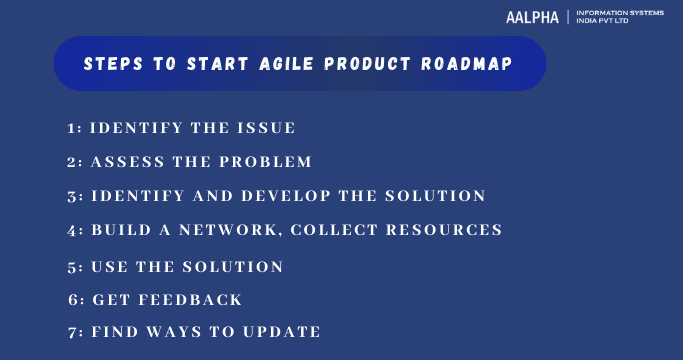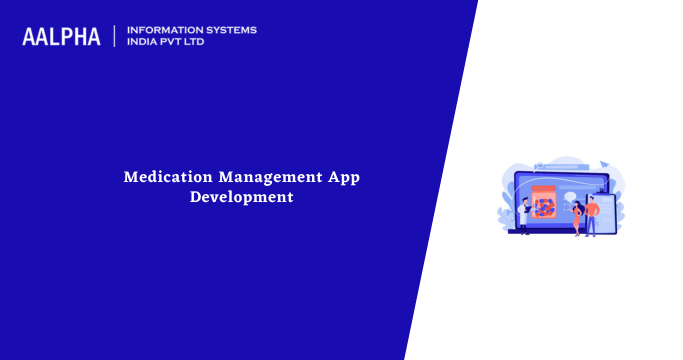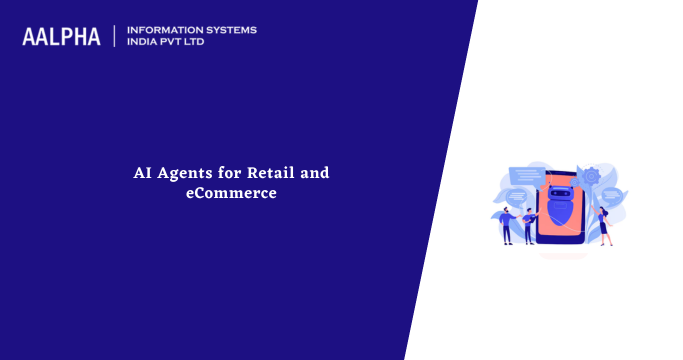A product roadmap may assist a firm to obtain its product perspective. It tracks the product path from development through launch and beyond.
An agile roadmap is an interactive tool. It is updated and altered as needed. This is critical for SaaS firms and other IT industries. If there is a buzz surrounding establishing a new product, some structure might be good.
What is a roadmap product?
A roadmap is a strategic tool. It develops confidence around the product and surrounding parties. Think product managers, designers, engineers, investors, and consumers.
A product roadmap also supports product planning. It describes different tactics and how to implement them.
An agile roadmap and a conventional roadmap are important differentiators. Despite fitting the business plan, an agile roadmap focuses more on strategy.
SaaS startups benefit more than most agile roadmaps. They realize how things may change. Using an agile roadmap will enable them to produce scalable goods for their market demands. It grows as they grow.
Choosing an Agile Roadmap Tool
The roadmap tool you employ is important to the actual roadmap’s success. In agile situations, you may (and probably will) require frequent updates with important changes.
Many agile roadmap tools are Gantt charts. It is a helpful approach to outline steps and meets deadlines high-level and in-depth agile product roadmaps. Finding the finest software might be a hassle.
Read: Understand Agile Software Development
Steps to Start Agile Product Roadmap
You know what to look for when picking an agile roadmap tool. How to design a product startup roadmap:
-
Identify the issue
It would help if you started with why you are building the blueprint. What issue you’re attempting to solve? Let this become your Roadmap Statement of Mission.
Research your manufacturing processes, target audience, and sales. Once you have identified your product’s issue, you may construct your issue statement. This outlines your issue and how you want to fight it. Ensure the team has clear goals and work with KPIs.
-
Assess the problem
Check the market to validate that the issue you highlighted is one possible customer, and users need to solve it. Then, determine if it is worth looking into gathering user information.
Intelligent virtual agents and contact centers are important for data collection. But then you must arrange it. Structured feedback is crucial here, so bringing in technology to assist you to gather it might be good.
-
Identify and develop the solution
By now, know how to separate your solution from your competition. Deploy a workable prototype if it solves the issue.
If not, plan to adjust your roadmap to accommodate hazards. This is working on an agile roadmap. When unanticipated modifications or essential feedback-based alterations happen, rapid alterations are flexible enough.
Use conference call services to call the team. Eliminate any flaws and difficulties and adjust your roadmap appropriately.
-
Build a network, collect resources
Others may be ready to invest in addressing the issue with your solution. Find those parties and use some of your business insight and expertise to get them interested. You may achieve this by networking and contracting the industry.
They may then spend their money and efforts on future product improvement. In exchange, they earn reasonable recompense. Plus, back on their original investment.
-
Use the Solution
You are deploying your product now. That will be the midpoint of your agile roadmap. The tipping points. Between product creation and release to your audience. This release date will be a working date on your Gantt chart.
Make sure you deploy the most acceptable solution while staying scalable. Working with customers is always ideal. Especially a solution that is targeting their demands.
-
Get feedback
Check your solution’s market acceptance. Tweak your product and consumer engagement. Are you satisfied with your product? Need more out of it? Does the specified issue fix satisfactorily? Your consumers will provide you with any product suggestions.
Some issues you can handle immediately – to retain client pleasure. Feedback to your product developers about these concerns and plot in your agile plan. Set a re-release/update date.
Your stakeholders should now have clear product pictures, including how it aligns with their overall objectives and ambitions.
-
Find ways to update
Grow your solution’s value by increasing your offer. You may also extend to other client pain areas. From the previous feedback step, you’ll have this information. This often needs repeating the method detailed in the article. But with variances of circumstances.
Prepare to make improvements to your agile roadmap. There’s also an option to reboot, but you won’t want to. An agile roadmap’s fundamental premise is that it can adapt and evolve with you. You will have selected software to assist you to achieve this.
Final Thoughts
Startups must plan each step of the product life cycle with a plan. It does not mean they should not be flexible. The project acts as a guide to guarantee efficient workflow.
Flexibility is a beautiful feature in your business while designing and releasing a new product. Agile roadmaps are a roadmap. By considering the phases in establishing your agile roadmap, you may create and launch products that impress your prospective clients.
Any queries about the Agile Product Roadmap? Feel free to contact us today!
Also check: Distributed Agile Teams | Code Refactoring in Agile





Share This Article:
Written by:
Muzammil K
Muzammil K is the Marketing Manager at Aalpha Information Systems, where he leads marketing efforts to drive business growth. With a passion for marketing strategy and a commitment to results, he's dedicated to helping the company succeed in the ever-changing digital landscape.
Muzammil K is the Marketing Manager at Aalpha Information Systems, where he leads marketing efforts to drive business growth. With a passion for marketing strategy and a commitment to results, he's dedicated to helping the company succeed in the ever-changing digital landscape.